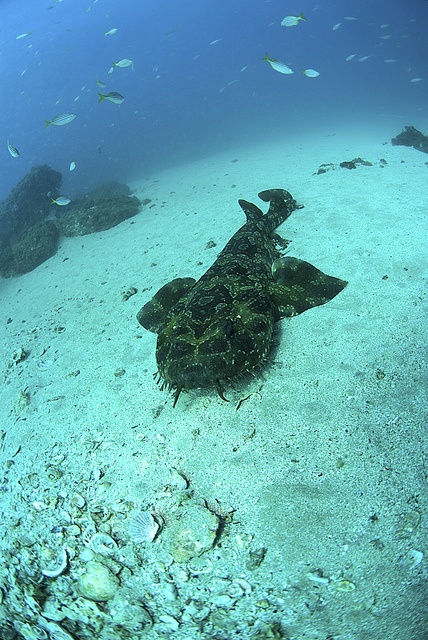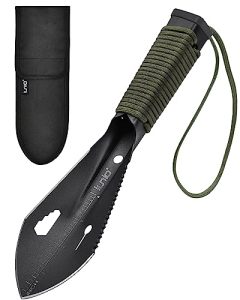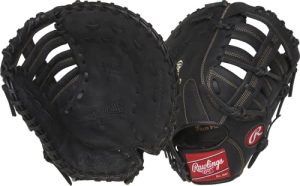Contents
- Definition of Bottom Feeding Saltwater Fish
- Characteristics of Bottom Feeding Saltwater Fish
- Types of Bottom Feeding Saltwater Fish
- Habitat and Behavior
- Adaptations for Bottom Feeding
- Popular Bottom Feeding Saltwater Fish
- Diet and Feeding
- Aquarium Considerations
- Challenges of Keeping Bottom Feeding Saltwater Fish
- Breeding and Reproduction
- Conservation and Sustainability
- Conclusion
Have you ever wondered what lies beneath the surface of the ocean? In this article, we will take you on a journey to explore the fascinating world of bottom feeding saltwater fish. These unique creatures, known for their feeding behavior, play a vital role in the marine ecosystem. From the vibrant coral reefs to the depths of the ocean floor, join us as we uncover the secrets and marvel at the diversity of these extraordinary species. So, put on your diving suit and get ready to immerse yourself in the awe-inspiring world of bottom feeding saltwater fish.
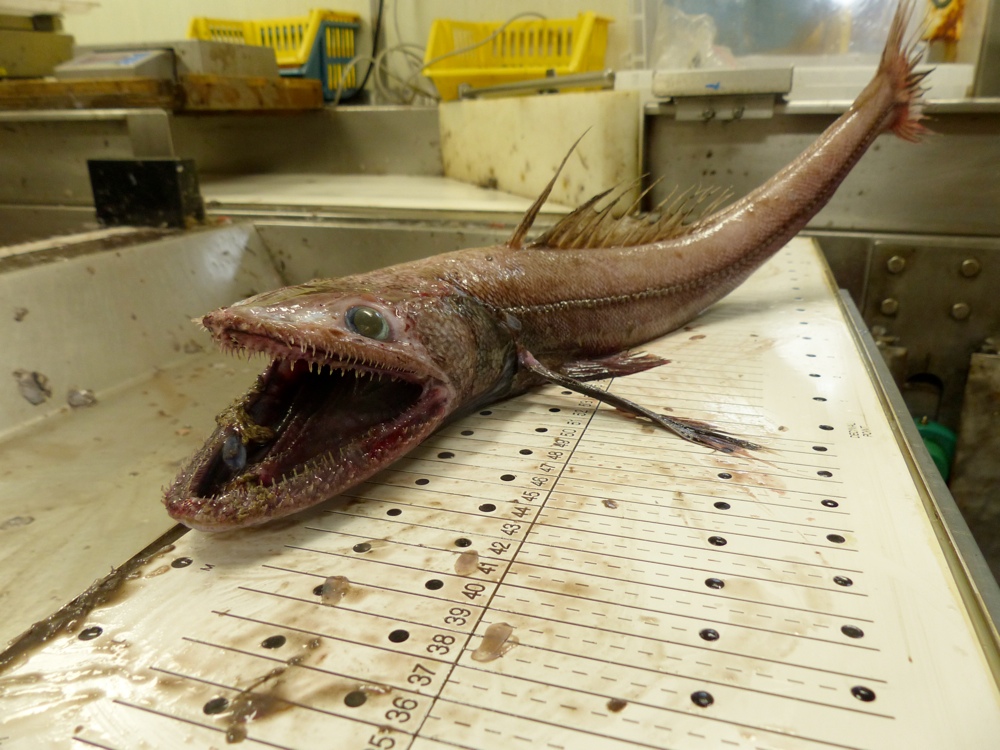
Definition of Bottom Feeding Saltwater Fish
Bottom feeding saltwater fish are a specific group of marine species that have adapted to forage and feed primarily on the ocean floor. These fish have developed specialized mouth and jaw structures, as well as sensory systems, to help them sift through sediment and capture their prey. Bottom feeding saltwater fish play a crucial role in the marine ecosystem by consuming detritus and maintaining a healthy balance in the underwater environment.
Characteristics of Bottom Feeding Saltwater Fish
Bottom feeding saltwater fish possess several unique characteristics that distinguish them from other marine species. One of the most prominent features of these fish is their flattened body shape, which enables them to navigate and maneuver easily along the ocean floor. Additionally, many bottom feeders have elongated snouts or mouths that are positioned downward, allowing them to scavenge for food effectively. These adaptations make them perfectly suited for their specialized feeding habits.
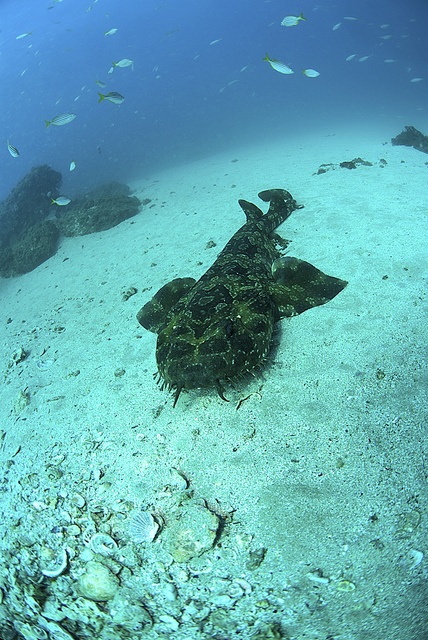
Types of Bottom Feeding Saltwater Fish
There are numerous species of bottom feeding saltwater fish found in oceans all around the world. Some of the most popular and well-known examples include leopard wrasse, canary blenny, goby, tang, triggerfish, hogfish, sleeper goby, cowfish, dragonets, and scorpionfish. Each of these fish has its own unique characteristics and requirements, making them fascinating additions to any saltwater aquarium.
Habitat and Behavior
Preferred Environments for Bottom Feeding Saltwater Fish
Bottom feeding saltwater fish are typically found in shallow coastal areas, coral reefs, and rocky substrates. These environments provide ample opportunities for these fish to scavenge for food and seek shelter as needed. It is important to replicate their natural habitat as closely as possible when creating an aquarium setup for bottom feeding saltwater fish to ensure their well-being and promote their natural behaviors.
Feeding Habits of Bottom Feeding Saltwater Fish
Feeding habits of bottom feeding saltwater fish revolve around their ability to sift through sediment and extract small organisms, such as crustaceans, worms, and other invertebrates, from the ocean floor. They use their specialized mouths and jaws to create suction and filter out their prey. Some bottom feeders also rely on symbiotic relationships with cleaner fish and shrimp to remove parasites and dead skin from their bodies.
Social Behavior of Bottom Feeding Saltwater Fish
Bottom feeding saltwater fish can exhibit a range of social behaviors, depending on the species. While some species, like tangs and gobies, are known to be relatively peaceful and can coexist with other fish in the same tank, others, such as triggerfish and scorpionfish, may display territorial behaviors and aggression towards other tankmates. It is important to research the specific social requirements of each species and provide suitable tankmates to ensure a harmonious community.
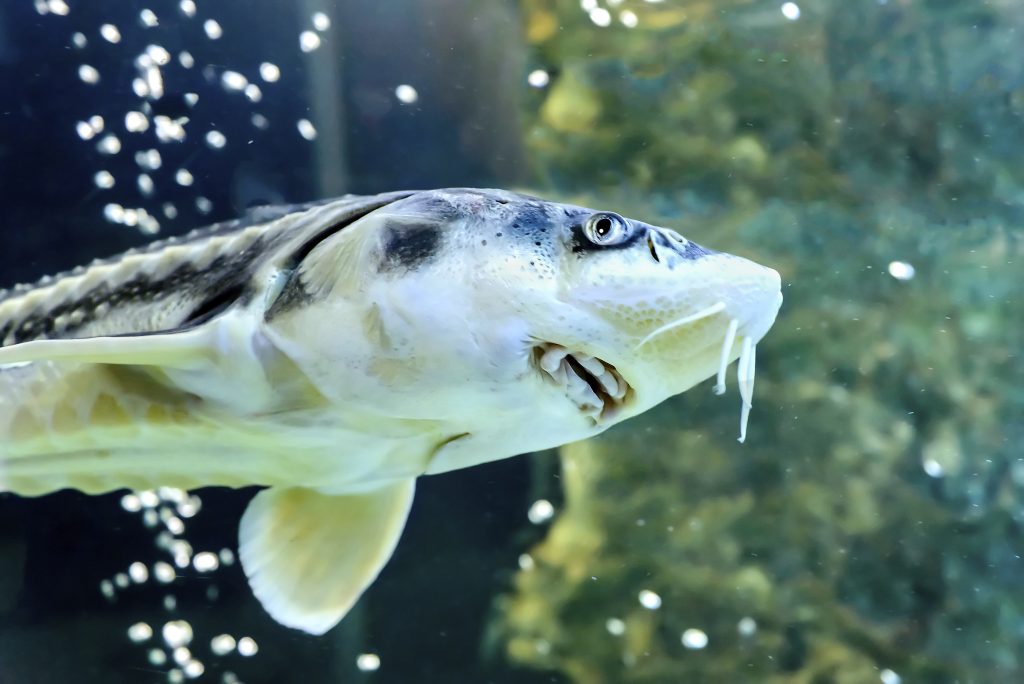
Adaptations for Bottom Feeding
Mouth and Jaw Structures
One of the key adaptations of bottom feeding saltwater fish is their specialized mouth and jaw structures. These enable them to efficiently feed on the ocean floor. Many bottom feeders have protractile mouths or elongated snouts that allow them to probe into crevices and extract prey. Some species, like cowfish, have fleshy lips called “papillae” that aid in picking up food particles from the substrate. These adaptations are crucial for their survival and success as bottom feeders.
Sensory Systems
Bottom feeding saltwater fish possess well-developed sensory systems that help them locate and capture prey in their environment. Their lateral line system allows them to detect changes in water pressure and movement, helping them navigate and hunt effectively. Additionally, their keen sense of smell and taste allows them to identify potential food sources and avoid toxins. These sensory adaptations play a vital role in the survival and feeding behaviors of bottom feeding saltwater fish.
Popular Bottom Feeding Saltwater Fish
1. Leopard Wrasse
The leopard wrasse is a stunning and colorful bottom feeder that adds a vibrant touch to any saltwater aquarium. With its distinctive spotted pattern and long, slender body, the leopard wrasse is a unique and eye-catching fish. They are generally peaceful creatures and can be kept in groups, but they may show aggression towards smaller tankmates. It is important to provide a suitable substrate and hiding places for these fish to ensure their well-being.
2. Canary Blenny
Canary blennies, also known as canary fang blennies, are small bottom feeding fish with unique vibrant yellow coloration. They have a slender body and a pair of large eyes, which allow them to keep a watchful eye on their surroundings. Canary blennies are generally peaceful and can be kept in mixed community tanks, but caution should be exercised when housing them with smaller invertebrates, as they may nip at corals and other sessile organisms.
3. Goby
Gobies are a diverse group of bottom feeding saltwater fish known for their small size and fascinating behavior. These fish have a symbiotic relationship with various species of pistol shrimp, with the goby serving as a lookout and the shrimp providing shelter and protection. Gobies are generally peaceful and can be kept in pairs or small groups, but care should be taken to select suitable tankmates and provide enough hiding places for them to establish territories.
4. Tang
Tangs, also known as surgeonfish, are popular bottom feeding saltwater fish that are highly sought after for their vibrant colors and distinctive body shape. These fish are known for their ability to graze on algae, making them great natural cleaners for marine aquariums. However, some tang species can be territorial and aggressive towards other tankmates, so it is important to provide sufficient space and suitable tankmates to mitigate any potential conflicts.
5. Triggerfish
Triggerfish are unique bottom feeders with a square-shaped body and a protruding set of front teeth, hence their name. These fish exhibit a range of vibrant colors and intricate patterns, making them visually striking additions to any saltwater aquarium. However, triggerfish can be aggressive and territorial, especially during breeding and feeding times. It is crucial to provide enough space, ample hiding places, and carefully select tankmates to ensure a peaceful coexistence.
6. Hogfish
Hogfish, also known as wrasses, are bottom feeding saltwater fish that are highly valued for their beauty and personality. These fish come in various colors, including vibrant blues, reds, and oranges, and they have the ability to change their coloration to reflect their mood or surroundings. Hogfish are generally peaceful, but they may become territorial in smaller tanks. Providing a suitable environment with plenty of hiding places can help alleviate potential conflicts.
7. Sleeper Goby
Sleeper gobies, also known as dragon gobies, are intriguing bottom feeders known for their elongated bodies and vibrant colors. These fish are highly adaptable and can be kept in freshwater or brackish water aquariums. Sleeper gobies are relatively peaceful and can be kept with other peaceful bottom dwellers, but they may eat small fish and invertebrates. It is important to provide a spacious aquarium with plenty of hiding places and substrate for these fish to burrow into.
8. Cowfish
Cowfish are unique bottom feeding saltwater fish known for their boxy shape and the ability to inflate themselves with water when threatened or stressed. They have a small mouth with protruding jaws that they use to feed on small invertebrates and algae. Cowfish can be kept in groups or pairs but should be housed in a suitably sized aquarium with a peaceful community. It is essential to provide plenty of swimming space and live rock for them to explore and graze on.
9. Dragonets
Dragonets, also known as mandarin gobies, are small and colorful bottom feeding fish that are highly sought after by aquarium enthusiasts. They are known for their intricate patterns and vibrant colors, making them a visual delight. Dragonets have a specialized diet that consists mainly of small crustaceans, copepods, and amphipods. It is important to have a well-established and mature tank with a healthy population of live food organisms to ensure their proper nutrition.
10. Scorpionfish
Scorpionfish are stunning bottom feeders known for their striking colors and venomous spines. These fish have a unique ability to blend in with their surroundings, making them excellent ambush predators. While scorpionfish are captivating to observe, they require careful handling and should not be housed with tankmates that can prey on them or disturb their camouflage. Their venomous spines can cause severe injury, so caution should be exercised when maintaining these fish.
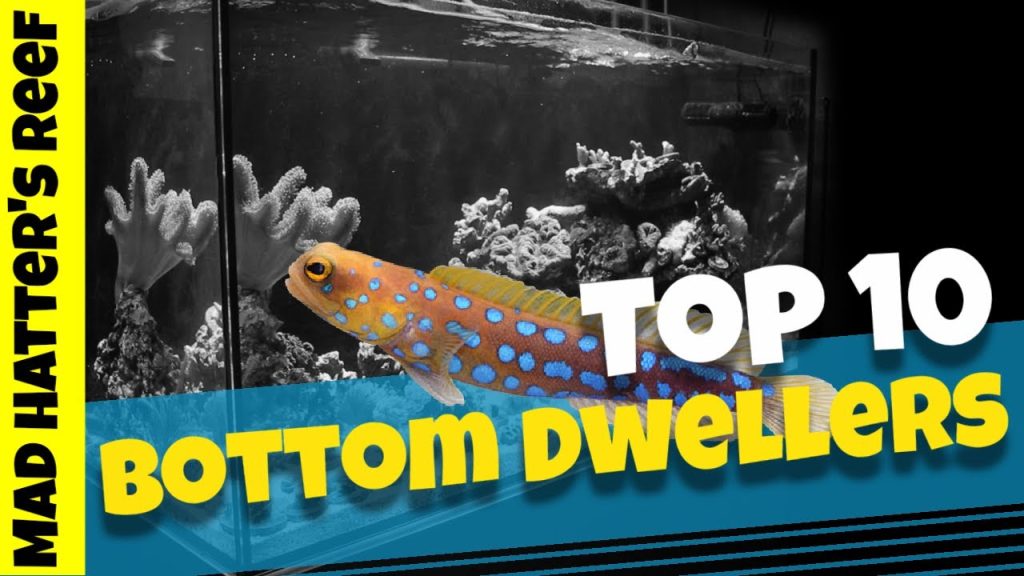
Diet and Feeding
Feeding Strategies of Bottom Feeding Saltwater Fish
Bottom feeding saltwater fish have evolved a variety of feeding strategies to extract nutrients and prey from the ocean floor. Some species, like the leopard wrasse, are active hunters that actively search for food, while others, like the canary blenny, rely on their specialized mouth structures to sift through the substrate and capture small organisms. Each species has its unique approach to feeding, but overall, bottom feeders play an essential role in maintaining a balanced marine ecosystem.
Natural Diet
The natural diet of bottom feeding saltwater fish primarily consists of small invertebrates, such as worms, shrimp, crabs, and other small crustaceans. These fish use their specialized mouths and jaws to pick through the sediment, extracting prey items and filtering out sand and debris. In the wild, bottom feeders will also graze on algae and consume detritus, helping to keep the ocean floor clean and free of excess organic matter.
Feeding in the Aquarium
Feeding bottom feeders in the aquarium requires replicating their natural feeding behaviors as closely as possible. Providing a suitable substrate, such as sand or fine gravel, allows these fish to sift through and explore, mimicking their natural foraging habits. It is important to offer a varied diet consisting of live or frozen foods, such as brine shrimp, mysis shrimp, and other small invertebrates, to ensure their nutritional requirements are met.
Tips for Feeding Bottom Feeders
- Observe the feeding behavior of your bottom feeding saltwater fish to determine their preferred food sources and feeding times.
- Offer a variety of foods, including live or frozen options, to provide a balanced and nutritious diet.
- Do not overfeed your bottom feeders. They should consume all the food within a few minutes to avoid excess waste and water quality issues.
- Consider using feeding devices or feeding stations to ensure all bottom feeders have access to food and prevent competition.
- Regularly monitor the water quality and adjust feeding routines accordingly to prevent overfeeding and maintain a healthy environment for your fish.
Aquarium Considerations
Tank Size and Setup
When considering an aquarium for bottom feeding saltwater fish, it is important to provide a spacious and suitable environment that allows them to exhibit their natural behaviors. The tank size will vary depending on the specific species being kept, but as a general guideline, larger bottom feeders, such as tangs or triggerfish, will require a larger tank to provide ample swimming space. Research the specific needs of your chosen species and ensure the tank is properly equipped and set up before introducing any fish.
Compatible Tankmates
Selecting compatible tankmates for your bottom feeding saltwater fish is essential for maintaining a peaceful and harmonious aquarium community. It is important to consider the social behavior, size, and feeding habits of the species you plan to keep together. Avoid housing aggressive or territorial species with more docile bottom feeders, as this can lead to stress and potential conflicts. Research the compatibility of different species and consult with experienced aquarists or professionals for guidance if needed.
Maintenance and Cleaning
Regular maintenance and cleaning are crucial for the health and well-being of both the bottom feeders and the overall aquarium ecosystem. Regular water changes, filtration system maintenance, and monitoring water parameters are necessary to ensure good water quality. Additionally, routine cleaning of substrate and decorations will help prevent the buildup of excess waste and debris. When performing maintenance tasks, be mindful of the bottom feeders’ delicate mouths and adapted behaviors to avoid disturbing their feeding habits.
Providing Hiding Places
Bottom feeding saltwater fish often require suitable hiding places in the aquarium to retreat to when feeling threatened or stressed. Providing caves, crevices, and rock formations will allow these fish to establish territories and seek refuge whenever necessary. Hiding places also serve as important environmental enrichment, providing opportunities for the fish to explore and exhibit natural behaviors. Incorporating live rock or artificial structures into the tank layout can provide ample hiding spots for bottom feeders.
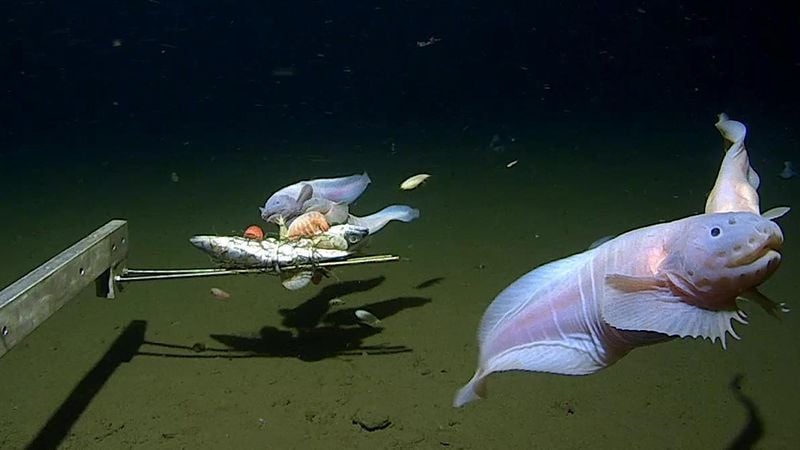
Challenges of Keeping Bottom Feeding Saltwater Fish
While keeping bottom feeding saltwater fish can be rewarding and enjoyable, there are several challenges that aquarists may encounter. Understanding and addressing these challenges is essential to ensure the long-term health and well-being of these fascinating fish.
Water Quality and Filtration
Maintaining optimal water quality is crucial for the health of bottom feeding saltwater fish. These fish are particularly sensitive to fluctuations in water parameters, and poor water quality can lead to stress, disease, or even death. It is important to regularly monitor parameters such as temperature, pH, ammonia, nitrite, and nitrate levels. Investing in a high-quality filtration system and performing regular water changes will help maintain stable and clean water conditions.
Disease and Parasites
Like all fish, bottom feeding saltwater fish can be susceptible to diseases and parasites. Common ailments include ich, fungal infections, and bacterial diseases. Quarantining new additions before introducing them to the main aquarium and practicing good hygiene and disease prevention strategies can help minimize the risk of disease transmission. Providing a balanced diet, maintaining excellent water quality, and keeping stress levels low will also strengthen the fish’s immune system and reduce the likelihood of health issues.
Compatibility Issues
Compatibility issues can arise when housing bottom feeding saltwater fish with other tankmates. Aggressive or territorial species may pose a threat to more docile bottom feeders, leading to conflicts and stress. Careful consideration should be given to the temperaments, sizes, and social behaviors of different species before selecting tankmates. Monitoring the dynamics within the aquarium and being prepared to make adjustments if necessary will help maintain a peaceful and harmonious community.
Feeding Challenges
Feeding bottom feeding saltwater fish can present challenges, particularly if they have specialized dietary requirements. Some species may need live or frozen foods that are not readily available, while others may be picky eaters. Ensuring a varied and nutritious diet, offering appropriate-sized food particles, and closely observing feeding behavior can help address these challenges. It may be necessary to experiment with different food options and feeding strategies to find what works best for each individual fish.
Breeding and Reproduction
Reproduction Methods
Breeding bottom feeding saltwater fish in captivity can be challenging due to their specific breeding habits and requirements. Some species, such as dragonets, undergo elaborate courtship rituals before mating, while others, like certain gobies, rely on symbiotic relationships with specialized shrimp for successful reproduction. Providing suitable breeding conditions, including appropriate tank setup, water parameters, and sufficient hiding places, is essential for encouraging natural breeding behavior.
Mating Rituals
Many bottom feeding saltwater fish have intricate mating rituals that are fascinating to observe. These rituals can involve colorful displays, courtship dances, or territorial behavior. For example, male tangs will often engage in a vigorous courtship dance to attract a female, while dragonets may engage in complex circling and tail flicking behaviors. Understanding and replicating these rituals in the aquarium can increase the chances of successful breeding.
Parental Care
Parental care varies among bottom feeding saltwater fish species. Some species, like certain gobies, exhibit extensive parental care, with males guarding and fanning the eggs until they hatch. In contrast, other species may exhibit little to no parental care, with the eggs being left to develop on their own. Providing suitable hiding places and monitoring the breeding pairs closely can help ensure the best possible conditions for successful reproduction and the survival of the offspring.
Breeding Challenges
Breeding bottom feeding saltwater fish can pose various challenges, primarily due to the complex requirements of each species. Achieving the necessary conditions, such as maintaining appropriate water parameters, providing optimal nutrition, and ensuring suitable tankmates, can be demanding. Additionally, different species may have specific requirements for successful reproduction, making it essential to research and consult with experienced breeders to increase the chances of successful breeding.
Conservation and Sustainability
Impacts of Overfishing
Overfishing has significant impacts on bottom feeding saltwater fish populations and marine ecosystems as a whole. Bottom feeders play a crucial role in maintaining the balance of the underwater environment by consuming detritus and preventing the accumulation of organic matter. Overfishing can lead to the depletion of these important species, disrupting the delicate food chain and potentially causing ecological imbalances. It is essential to promote responsible fishing practices and support sustainable seafood choices to protect these valuable marine resources.
Protecting Habitat
Protecting and preserving the natural habitats of bottom feeding saltwater fish is vital for their long-term survival. Coastal development, pollution, and destructive fishing practices can all have detrimental effects on their habitats. Conservation efforts should focus on minimizing the impact of human activities, establishing marine protected areas, and promoting sustainable coastal development practices to ensure the preservation of these unique and diverse ecosystems.
Sustainable Fishing Practices
Adopting sustainable fishing practices is crucial for the long-term viability of bottom feeding saltwater fish populations. This includes implementing size and catch limits, using appropriate fishing gear to minimize habitat damage, and avoiding harmful fishing methods, such as bottom trawling. Responsible fishing practices ensure a sustainable supply of fish for both commercial and recreational purposes while minimizing the impact on the marine environment.
Promoting Responsible Aquarium Trade
The aquarium trade plays a significant role in the conservation and sustainability of bottom feeding saltwater fish. Responsible aquarium trade involves sourcing fish from sustainable and ethical suppliers, promoting captive breeding programs, and avoiding the purchase of wild-caught specimens that may contribute to overfishing. It is important for aquarists to support and encourage responsible aquarium trade practices by acquiring fish from reputable sources and participating in breeding and conservation initiatives.
Conclusion
Appreciating the diversity of bottom feeding saltwater fish offers a fascinating glimpse into the intricate world of marine ecosystems. Their unique adaptations, feeding strategies, and behaviors make them captivating additions to any saltwater aquarium. By understanding their specific requirements, providing suitable tankmates, and promoting responsible aquarium practices, we can ensure the long-term survival and well-being of these remarkable creatures. Let us cherish and protect bottom feeding saltwater fish, preserving their natural habitats and appreciating their vital role in maintaining a healthy and thriving marine environment.

